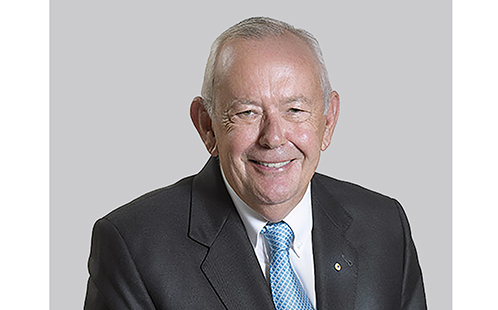Paramedicine students at frontline in mock explosion response
Dealing with mass casualty incidents is thankfully a rare experience for Australian paramedics, but for students at Western Sydney University it's a crucial part of their final-year studies. This semester, 67 Bachelor of Health Science (Paramedicine) students were put through their paces in a major incident exercise, where they were confronted with multiple casualties following a simulated explosion. From the bloodied actors playing the part of injured victims, to the triage system and nearby ambulance, every detail of the event was designed to test their ability to remain focused and provide assistance in an emergency situation.
"The aim is to present students with a situation that's out of the ordinary," says Robin Pap, from the School of Science and Health.
At the beginning of the exercise, students have to assess safety and quickly gauge the extent of the incident, before categorising the wounded according to the severity of their injuries. With more patients than paramedic students, they must make decisions swiftly to provide assistance to the injured.
"The underlying principal in a situation like this is to do most for the most," says Mr Pap.
"The students need to put an ambulance command structure in place and establish a causality flow to manage the incident. In addition, they must create a triage process to identify the most threatening injuries, and to then treat the patients and transport them to hospital."
In total the exercise takes around an hour, with students judged on how well they manage to control the situation and process patients according to their needs. The exercise is filmed, and the academic staff and students undertake a debrief after each incident. Overall, the exercise is repeated three times in a day with around 20-25 paramedic students managing each scenario.
Student Gina Glazer was working as an Ambulance Loading Officer during the exercise, coordinating the transport of patients from the scene to various hospitals.
"Learning in this way is really helpful as it helps you put your study into practice," she says.
"Hopefully we don't have to deal with a mass casualty incident once we graduate, but if we do, this training will be extremely useful."
This semester, the Bachelor of Health Science (Paramedicine) at Western Sydney University is preparing to see its first cohort of students finish their degrees and enter the workforce.
"Paramedicine is an industry where securing immediate employment can present a challenge, yet 70% of our final year students have already been offered a job with ambulance services, pending successful completion of their remaining units this semester," says the Director of Academic Program Dr Paul Simpson.
"In addition to gaining jobs at NSW Ambulance and other Services across Australia, students are also heading to the UK and NZ to start their careers."
"On behalf of the University, I congratulate our students on their success, and wish them all the best in their professional lives."
Ends
7 October 2016
Video: Simon Greenfield
Latest News

Opinion: What do we lose when our old suburbs disappear?
I live on the edge of Parramatta, Australia’s fastest-growing city.

Opinion: Most bees don’t die after stinging – and other surprising bee facts
Most of us have been stung by a bee and we know it’s not much fun. But maybe we also felt a tinge of regret, or vindication, knowing the offending bee will die. Right? Well, for 99.96% of bee species, that’s not actually the case.

Western Sydney University receives transformational donation to support LGBTIQA+ community
Western Sydney University has welcomed a philanthropic donation from The Brennan Lynch Foundation.
Mobile options:

